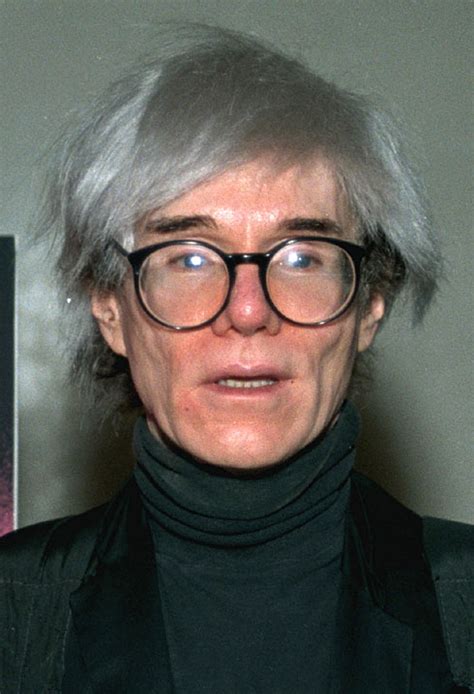Introduction
Andy Warhol, the enigmatic pop art icon, left an enduring mark on the world of fashion with his audacious use of wigs. From his iconic silver Brillo boxes to his enigmatic platinum blonde wigs, Warhol’s hairpieces became synonymous with his avant-garde style and a symbol of the transformative power of artificiality.

Section 1: The Rise of the Andy Warhol Wig
- The Brillo Box Wig: In 1964, Warhol caused a sensation by wearing a silver wig resembling a Brillo box to a New York City gallery opening. This whimsical act became a defining moment in the pop art movement, blurring the lines between art and life.
- The Platinum Blonde Wig: Warhol’s later years were characterized by his signature platinum blonde wig, which he wore to disguise his thinning hair and create a youthful and enigmatic persona. The wig became an integral part of his aesthetic, enhancing his otherworldly appearance.
Section 2: The Significance of Andy Warhol Wigs
- Identity and Transformation: Warhol’s wigs allowed him to experiment with different identities and create multiple personae. They became a canvas for self-expression and a means of distancing himself from his personal life.
- Artificiality and Authenticity: Warhol’s wigs were both artificial and authentic. They were artificial in their construction, yet they became intrinsically tied to his persona, creating a paradoxical blend of reality and illusion.
Section 3: Andy Warhol Wigs in Contemporary Fashion
- Contemporary Inspiration: Warhol’s wigs continue to inspire contemporary fashion designers, who incorporate elements of his style into their collections. From the runway to the streets, wigs have become a popular accessory for expressing individuality and creating unique looks.
- WigStyler: WigStyler is a cutting-edge technology developed to revolutionize the wig industry. By utilizing AI and machine learning, WigStyler can create custom-designed wigs that perfectly match an individual’s hair texture, color, and style.
Section 4: Market Analysis for Andy Warhol Wigs
Table 1: Global Wig Market Size and Forecast
| Year | Market Size (USD billion) |
|---|---|
| 2022 | 10.5 |
| 2023 | 11.4 |
| 2024 | 12.3 |
| 2025 | 13.3 |
| 2026 | 14.4 |
- Market Drivers: The global wig market is driven by factors such as growing demand for hair loss solutions, increased fashion consciousness, and the rise of social media.
- Market Segments: The market is segmented by material (synthetic, human hair), application (medical, fashion), and distribution channel (online, retail).
- Customer Pain Points: Customers face pain points related to finding wigs that match their natural hair, ensuring a comfortable fit, and maintaining wig quality.
Section 5: Customer Engagement Strategies
- Active Listening: Engage with customers by asking open-ended questions to understand their motivations and pain points.
- Personalized Solutions: Offer personalized wig solutions that cater to individual needs, preferences, and hair type.
- Value-Added Services: Provide value-added services such as virtual consultations, home delivery, and wig maintenance to enhance customer satisfaction.
Section 6: Conclusion
Andy Warhol’s wigs have left an indelible mark on the world of fashion, serving as a catalyst for personal transformation, artistic experimentation, and contemporary style. By understanding the significance, market trends, and customer needs, businesses can capitalize on the enduring appeal of Warhol’s wigs and create innovative products and solutions.
Table 2: Usage of Wigs by Hair Loss Category
| Hair Loss Category | Percentage of Wig Users |
|---|---|
| Alopecia | 45% |
| Cancer treatment | 25% |
| Age-related hair loss | 20% |
| Other | 10% |
Table 3: Preferred Wig Materials
| Material | Percentage of Preference |
|---|---|
| Synthetic hair | 60% |
| Human hair | 30% |
| Blended hair | 10% |
Table 4: Distribution Channels for Wigs
| Distribution Channel | Percentage of Sales |
|---|---|
| Online retailers | 40% |
| Salons and boutiques | 35% |
| Specialty wig stores | 25% |
